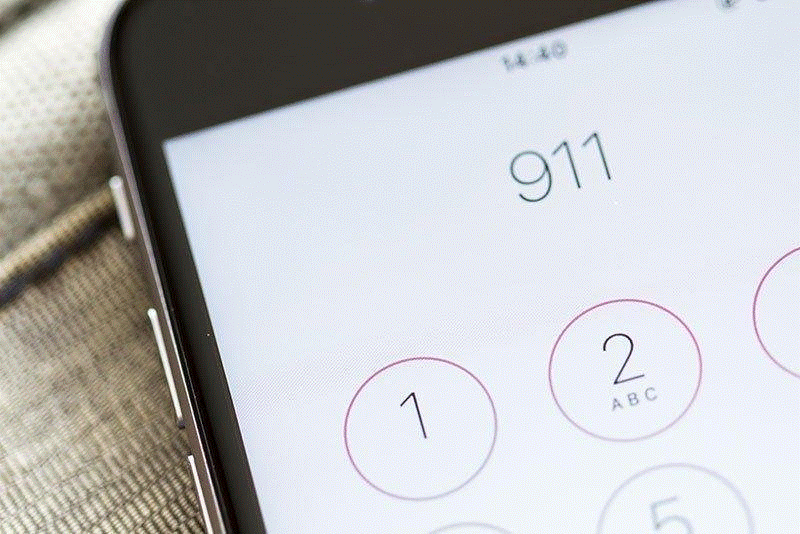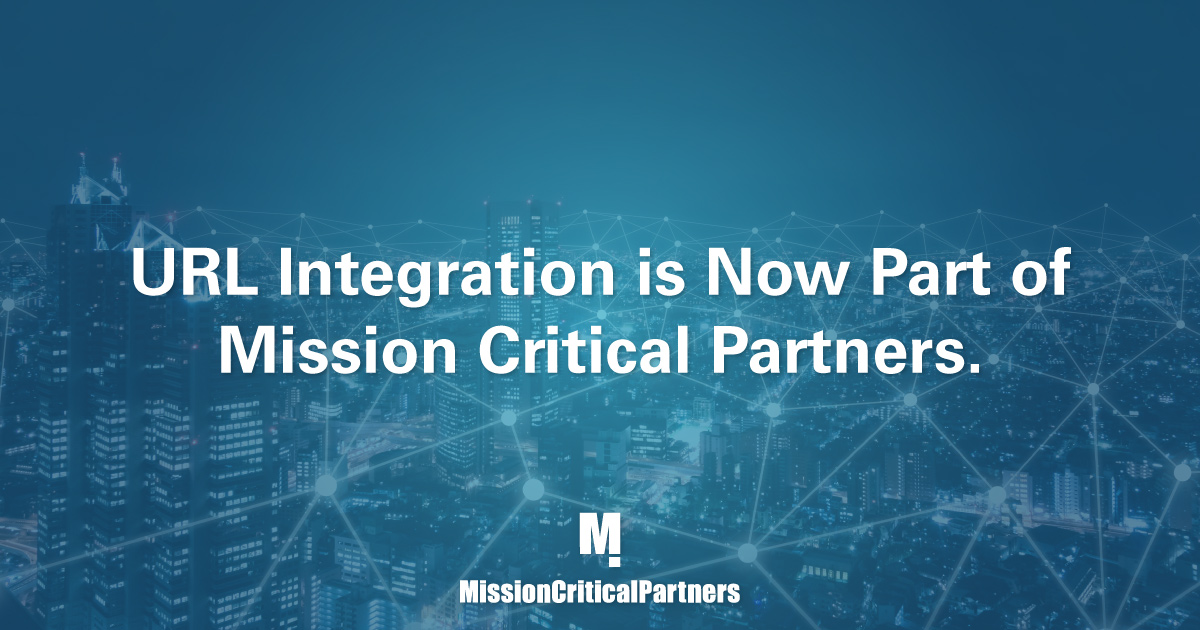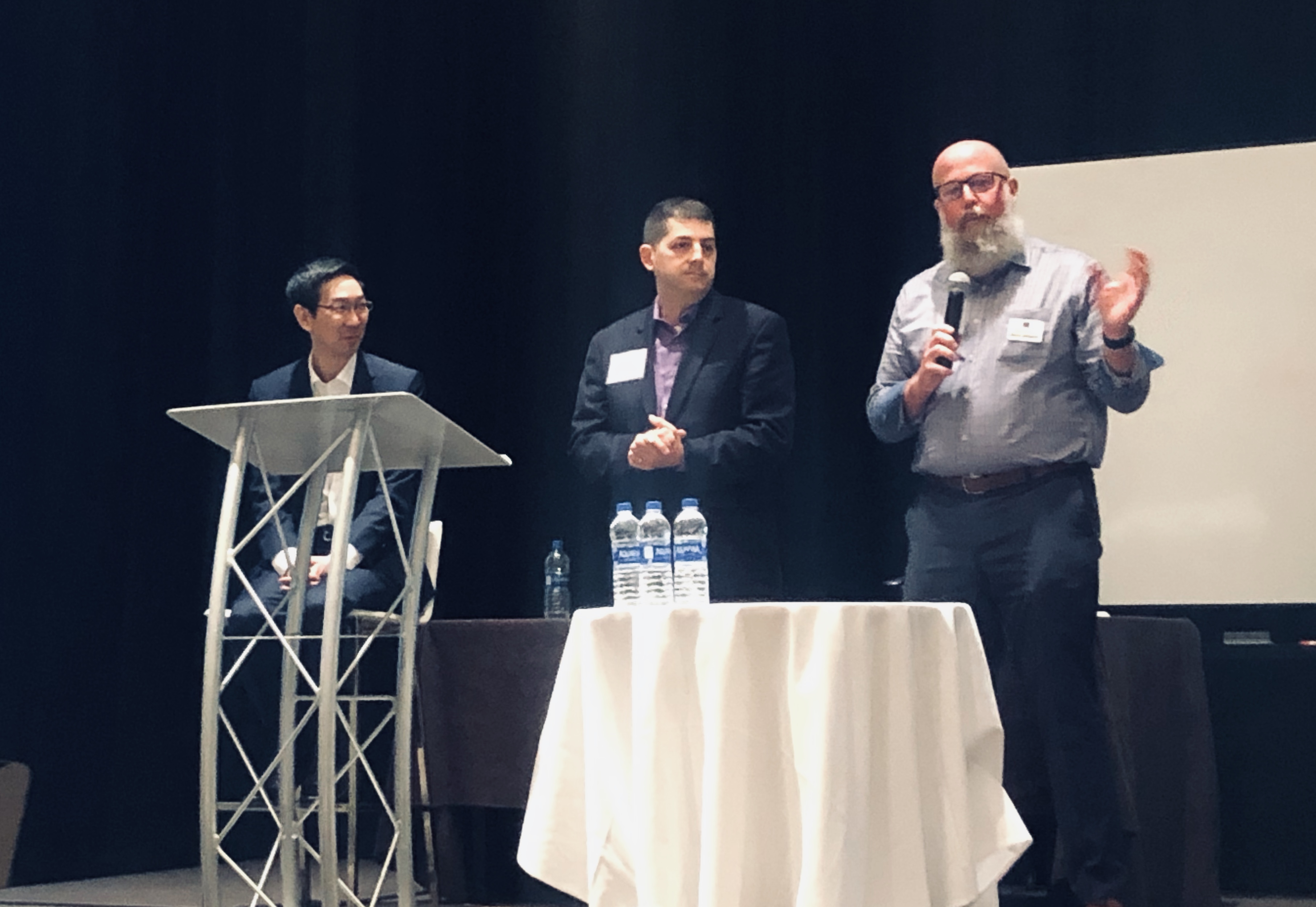As people change how they communicate, 911 must change too.
Recently MCP Insights chatted with Dr. Andrea Tapia, associate professor of information sciences and technology at Pennsylvania State University in State College, about the impact social media is beginning to have on the 911 community.
Dr. Tapia is working with Mission Critical Partners for the next year, as she takes a sabbatical from her duties at Penn State, to help public safety agencies leverage the opportunities that social media interactions provide to enhance emergency response.
Insights: Why is social media becoming more important to the emergency response community?
Tapia: Society has changed the way it communicates. Most of society is not using the telephone as it has in the past. This isn’t true of only the younger generations—even older people are changing. My 75-year-old father is texting now rather than making phone calls, mostly because his children and grandchildren insist that he do so. The middle and younger generations are changing because they want to, while the older generations are changing because they must. Most of society—even the reluctant—are changing.



.jpg)









